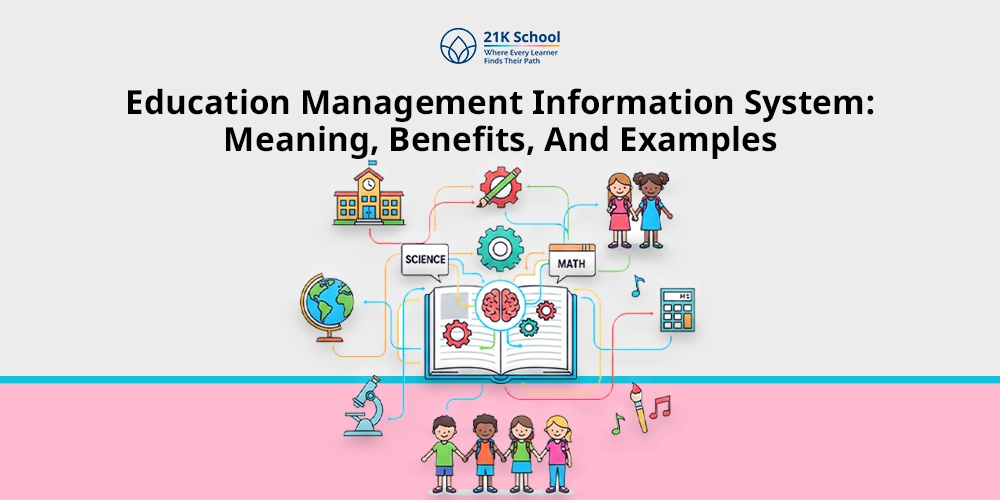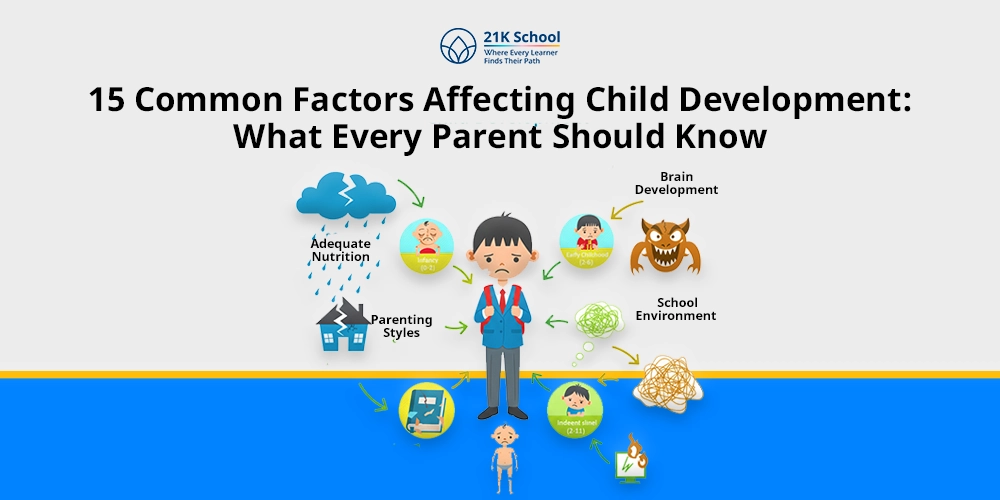
As we know, the educational process is gradually changing in the modern world, and the idea of fun in learning is becoming popular.
At 21K School, one of the most prominent online homeschooling platforms, we realise that making study processes interesting can drastically improve students’ performance.
When talking about fun in learning, one has to know that it has nothing to do with playing games, etc.; it is the state that the students can be described as eager to learn, to develop, and to discover new things.
This blog is intended to explore the concept of fun in learning, including the benefits of fun for the learners and ideas on how to incorporate it into learning.
Table of Contents
- What is Fun in Learning?
- Importance of Fun In Learning
- Barriers to Having Fun in Learning
- How Does Fun Learning Help?
- Tips for Making Learning Fun
- 1. Incorporate Interactive Learning Tools
- 2. Include Hands-On Activities
- 3. Use Gamification
- 4. Encourage Group Work and Collaboration
- 5. Integrate Music and Art
- 6. Offer Choice and Autonomy
- 7. Create a Positive Learning Environment
- 8. Use Storytelling
- 9. Integrate Real-World Connections
- 10. Encourage Play and Movement
- Practical Examples of Fun in Learning
- Difference Between Fun in Learning vs Theoretical Learning
- Conclusion
What is Fun in Learning?
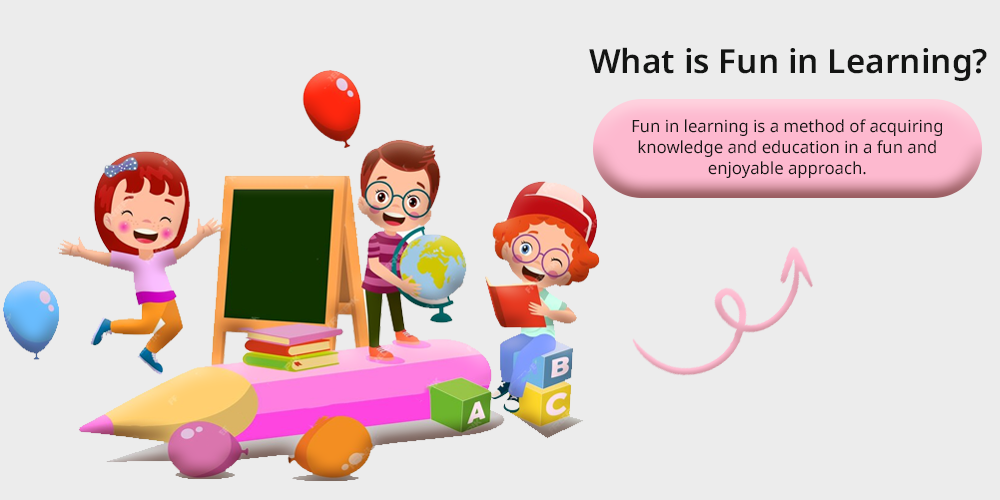
Fun in learning is a method of acquiring knowledge and education in a fun and enjoyable way. It is very beneficial among young children as it helps them understand concepts more easily.
Through playing games, activities, and collaboration, students learn more easily. Fun in learning has been implemented in a variety of fields. It is not only related to education only but also it is essential for the workplace.
Students can do various fun learning activities at home to develop their potential, and it enhances their concentration and boosts mental abilities.
Through the use of interactive tools, hands-on activities and games, among other resources, Fun in learning aims to make learning simple and enjoyable in order to create future learners who are effective and efficient.
Importance of Fun In Learning
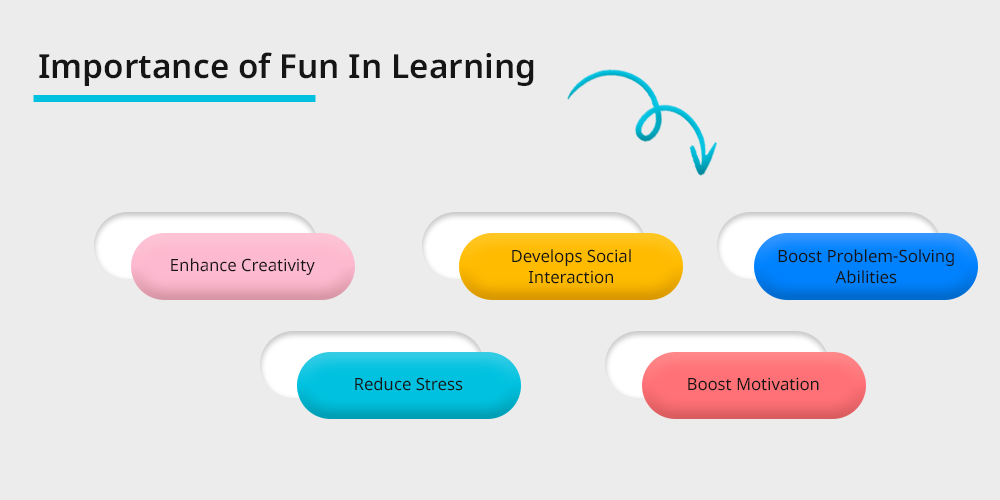
Fun in learning is very important for developing effective communication and holistic development, as it showcases the importance of education.
It is essential for schools to implement fun learning initiatives to achieve better outcomes. Here is the importance of fun in learning.
1. Enhance Creativity:
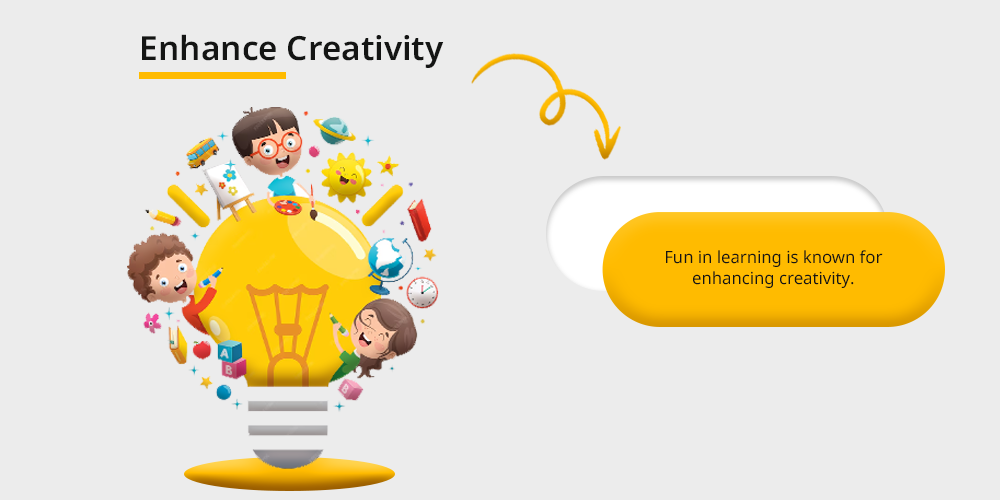
Fun in learning is known for enhancing creativity. Through fun, in a learning environment, children are frequently less constrictive enabling students to think creatively.
This may result in improved problem-solving and creative abilities.
2. Develops Social Interaction:
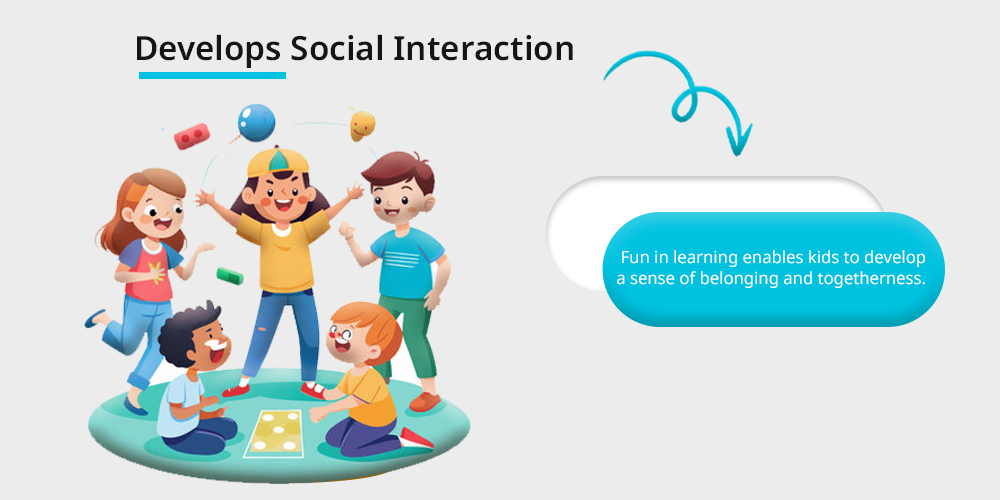
Through fun learning, children can develop social skills. Fun in learning enables them to develop a sense of belonging and togetherness.
Social interaction can be promoted through teamwork, group games, group activities, and so on.
3. Boost Problem-Solving Abilities:
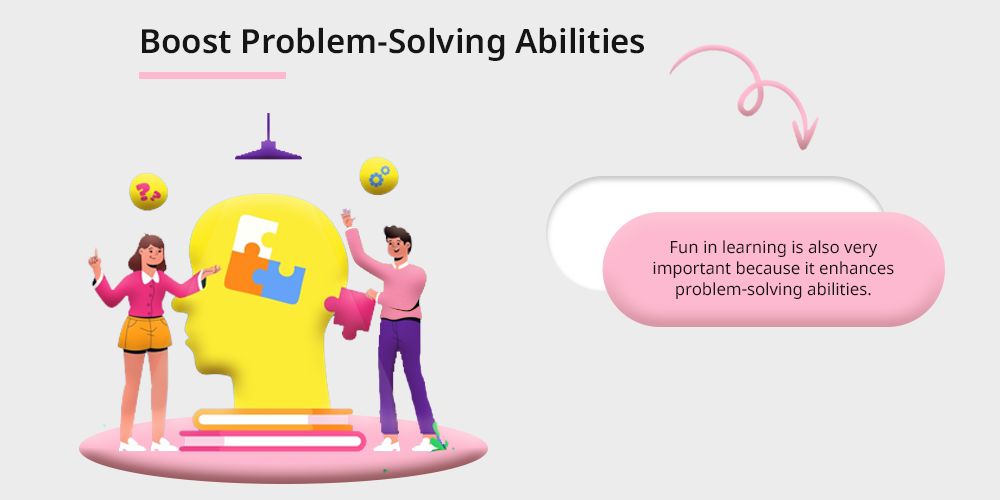
Fun in learning is also very important because it enhances problem-solving abilities. Fun in learning allows kids to figure out the reasons behind every working principle.
Playing games that help students solve problems can help them get ready for the challenges that lie ahead.
4. Reduce Stress:
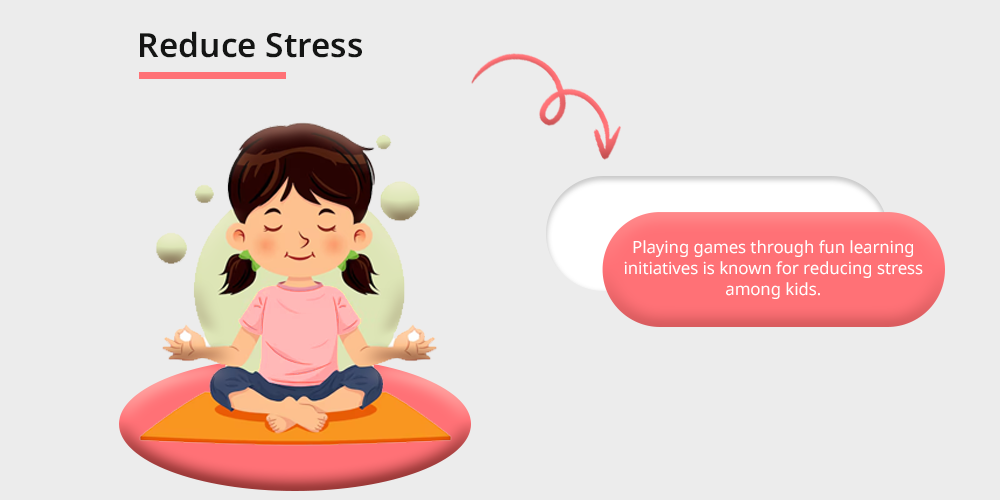
Playing games through fun learning initiatives is known for reducing stress among kids and enhancing students’ mental health.
This led to increased creativity and problem-solving abilities as well as improved teacher-student relationships.
5. Boost Motivation:
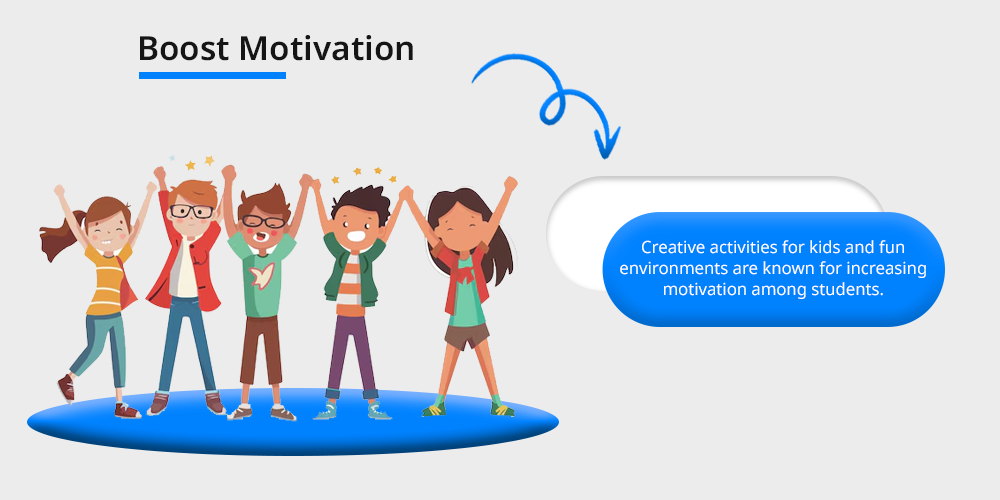
Creative activities for kids and fun environments are known for increasing motivation among students.
Through fun in learning students feel comfort and pleasure which is proven to boost memory power and lead to self-motivation.
Barriers to Having Fun in Learning
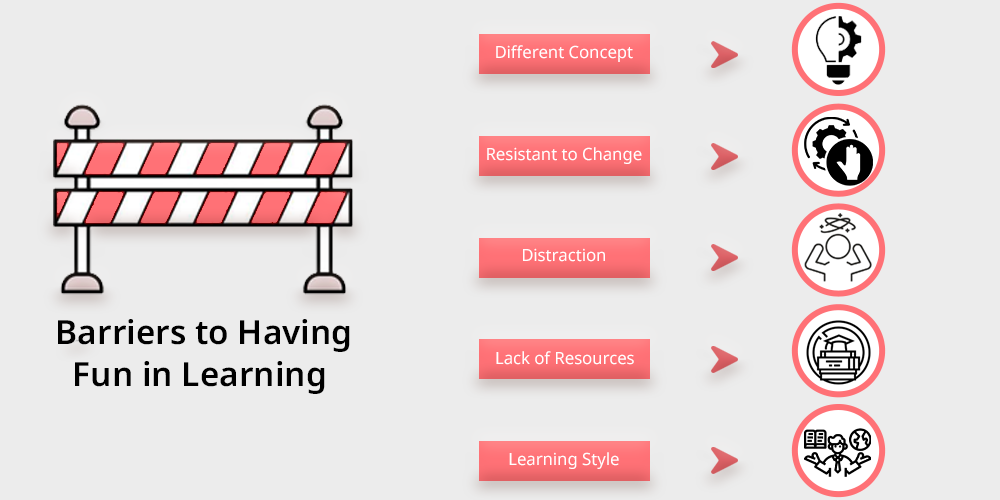
Fun in learning is a great initiative to get a positive outcome. Learning and fun both are different concepts and combining both is not always considered as inimical.
However, there are various challenges or barriers to having fun while learning.
- Different Concept: Both learning and fun have different concepts and it is not ideal to combine them. Learning is all about teaching and understanding contexts and concepts. Whereas, fun is all about playing games and other enjoyable activities.
- Resistant to Change: Many teachers and instructors don’t want to change or want to apply fun initiative in learning. As fun is only meant for playing and other activities should not be implemented in education. As this will only hamper the study only.
- Distraction: Sometimes fun in learning distracts students from the actual topic. Any activities that lead to annoyance cause it tough to complete the study material. This makes it difficult for students to understand the concepts more easily.
- Lack of Resources: One of the ineffective causes of fun in learning is lack of resources. Various schools or educational institutes don’t have the proper resources to implement fun in learning initiatives.
Resources such as games and other tools were not properly available. This creates a barrier to fun in learning.
- Learning Style: Learning style of every kid is different and it becomes tough to determine whether fun in learning is applicable to such a kid or not. So, in such a scenario, it becomes essential to understand the importance of learning
according to a child’s needs.
Some kids afford serious study whereas some study is a fun process, however, it will depend upon the kids which process will be comfortable for him/her. So this creates a hindrance to fun in learning.
How Does Fun Learning Help?
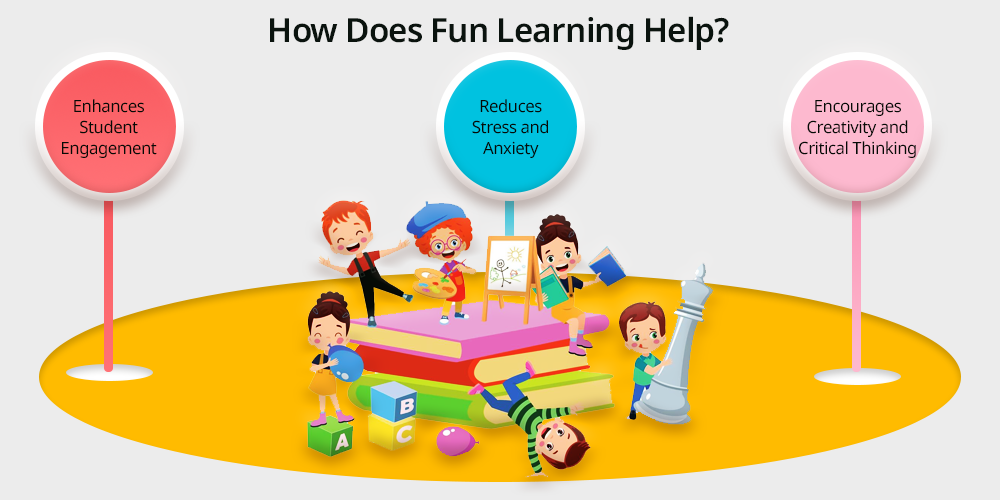
By implementing fun in learning, students can leverage certain advantages. To understand it precisely let’s look at the points below
1. Enhances Student Engagement
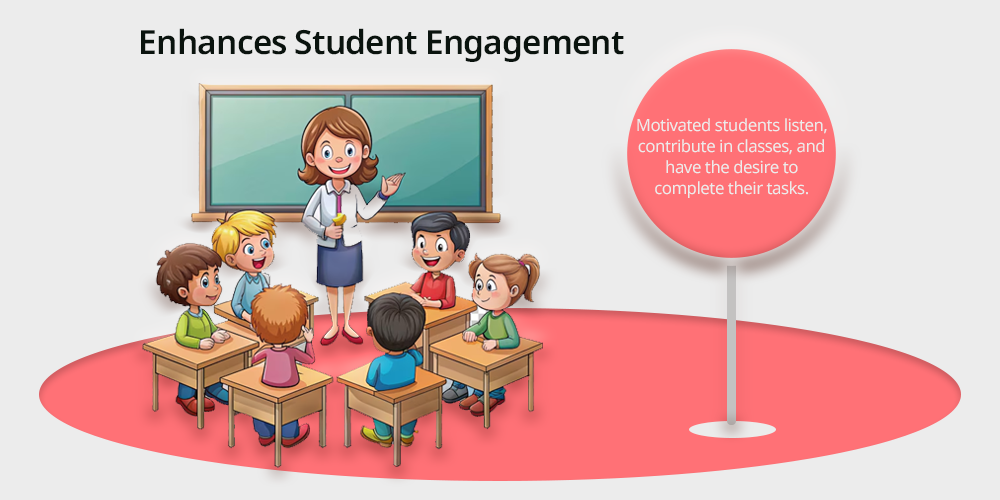
The fun aspect of learning means that the students are more participative. Motivated students listen, contribute in classes, and have the desire to complete their tasks.
Students can grasp a deeper subject knowledge and retain more information when there is increased learner activity.
To ensure students pay attention and fully participate in their learning, we use activities and make lessons fun for the students at 21K School.
2. Reduces Stress and Anxiety
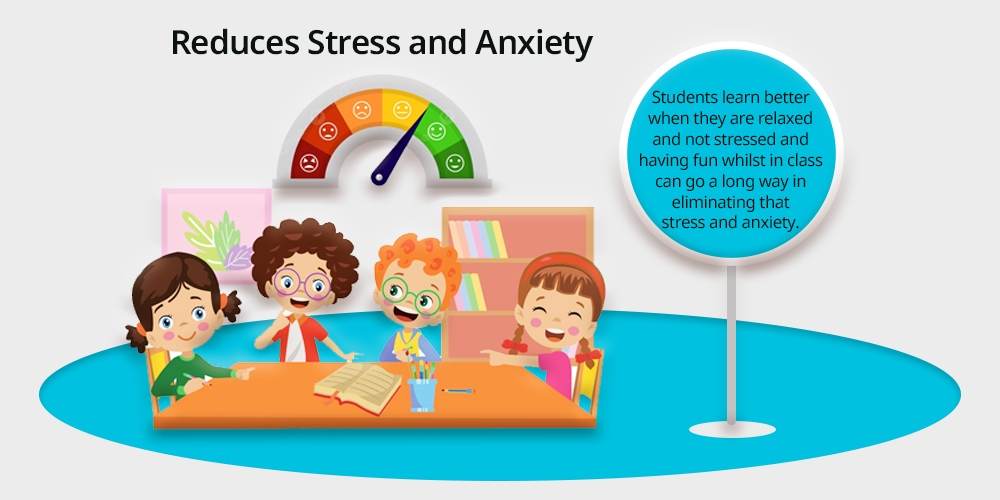
Students learn better when they are relaxed and not stressed and having fun whilst in class can go a long way in eliminating that stress and anxiety.
Learners who undergo traditional educational processes may at times be overwhelmed with the studying methods, hence the pressure and eventual burnout.
In this way, necessary elements can be incorporated into the process, completing it with enjoyable aspects, which will allow students to perceive learning as not too serious and strict.
This not only promotes their study achievement but also promotes their health or well-being as well.
3. Encourages Creativity and Critical Thinking
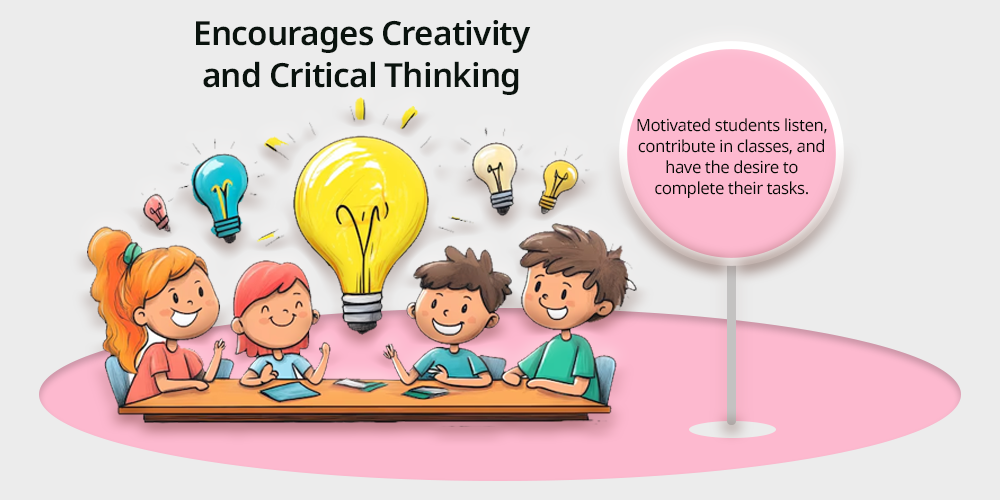
Fun learning activities usually challenge students in a way that makes them step out of their comfort zone, thus promoting creativity and critical thinking skills.
It means that the participants of the lessons interact with each other and practise different approaches to show their non-conventional thinking in projects or game-like tasks.
As for 21K School, we try to make creative learning techniques to help students build these essential skills.
Tips for Making Learning Fun
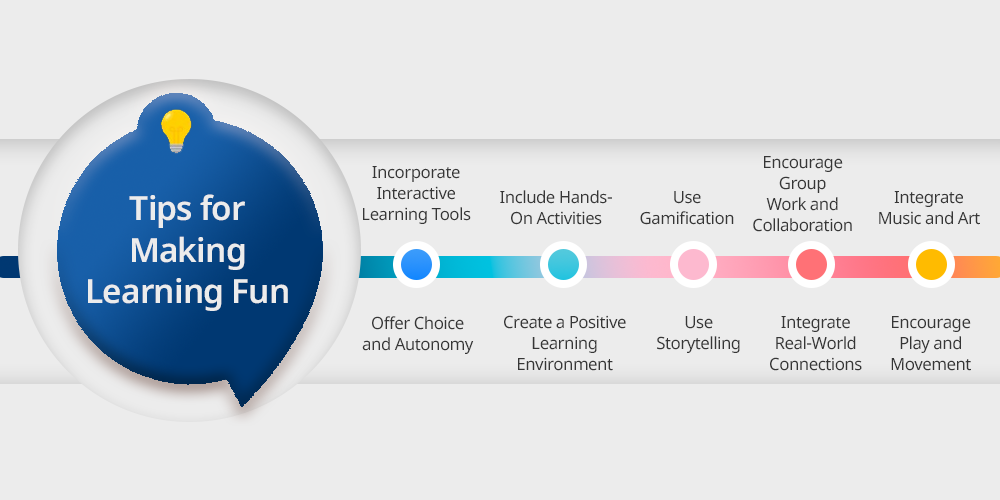
Now that you have understood the benefits associated with fun learning, let’s have a look at some of the tips that will help you as a parent or mentor to implement fun in learning.
1. Incorporate Interactive Learning Tools
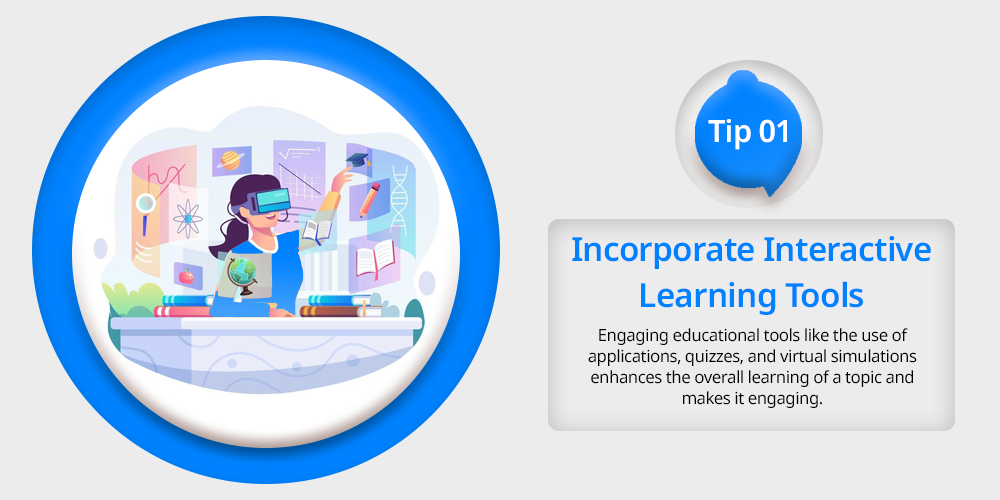
Engaging educational tools like the use of applications, quizzes, and virtual simulations enhances the overall learning of a topic and makes it engaging.
These tools are also feedback tools since they enable a student to see his/her failure immediately and as well correct it/what he/she is doing wrong.
Further, they can accommodate every student since people learn in different ways so that every learner will be helped.
For example, 21K School, employs technology-enabled solutions in the classroom to make it more interactive.
Visit Leveraging Technology for Interactive Online Teaching to know more about interactive tools.
2. Include Hands-On Activities
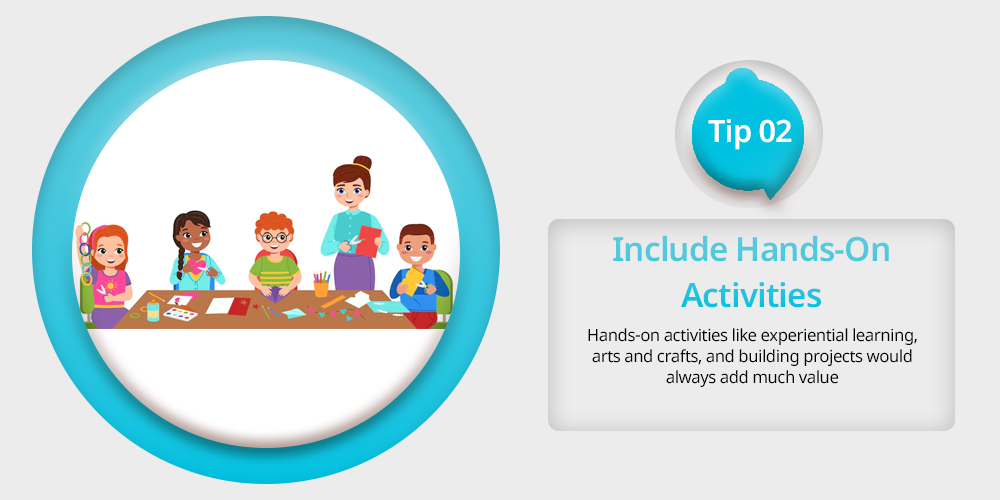
Hands-on activities like experiential learning, arts and crafts, and building projects would always add much value because they enhance the learning process by passing through different phases like seeing, touching, and feeling.
These activities enable students to put into practice what they have learned in class hence making the learning process interesting.
It is for this reason that, by the use of their hands for instance through doing experiments, students can grasp well lesson contents and even have it in their heads for longer times.
3. Use Gamification
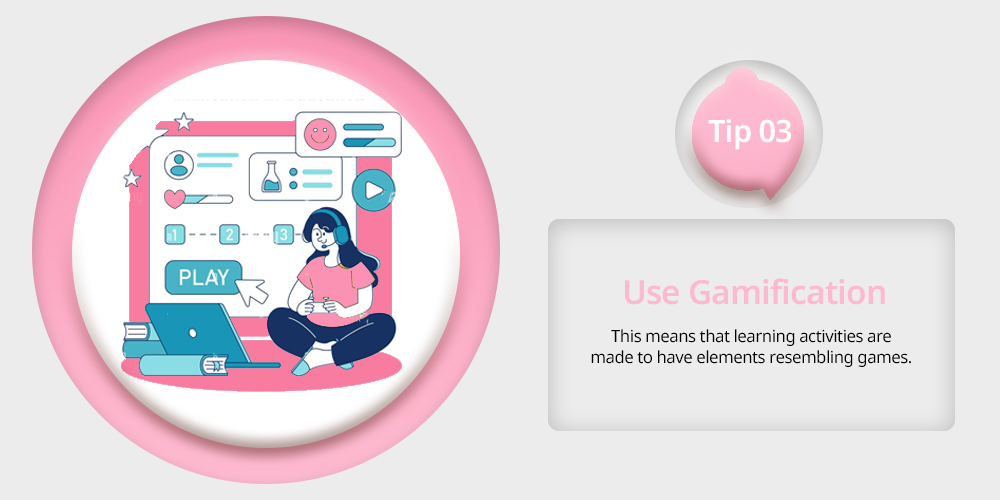
This means that learning activities are made to have elements resembling games.
This can involve gaining points, badges, and other incentives in recognition of the achievement of particular activities or even an accomplishment.
This is also true because with the help of gamification in a learning process, one can add more competitiveness and entertainment to the process and make students achieve the set goals.
We at 21K School incorporate aspects of games in the classroom work so that the learners will not lose enthusiasm.
4. Encourage Group Work and Collaboration
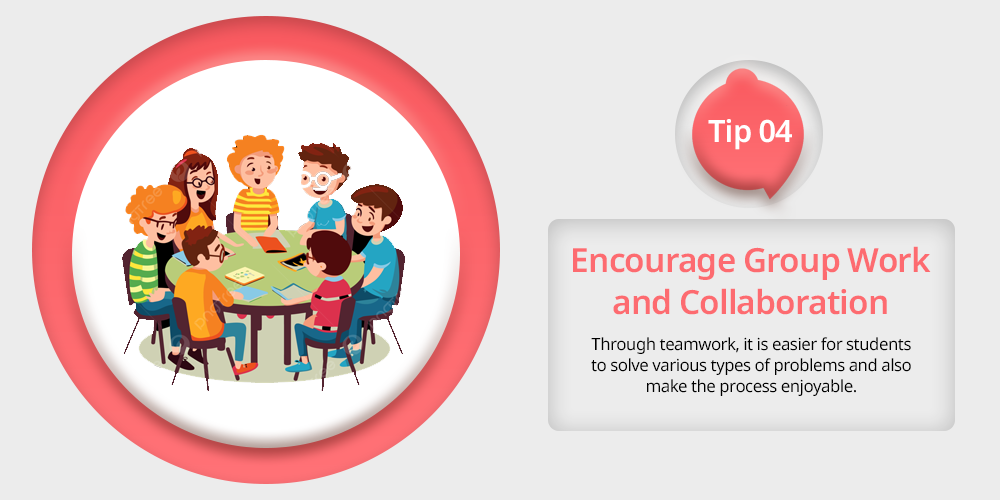
It is also interesting when students are grouped and work together as a group because this also encourages teamwork and promotes a sense of community in the class.
Many assignments help students think collaboratively, that is, learn and incorporate ideas from other group members.
Through teamwork, it is easier for students to solve various types of problems and also make the process enjoyable.
5. Integrate Music and Art
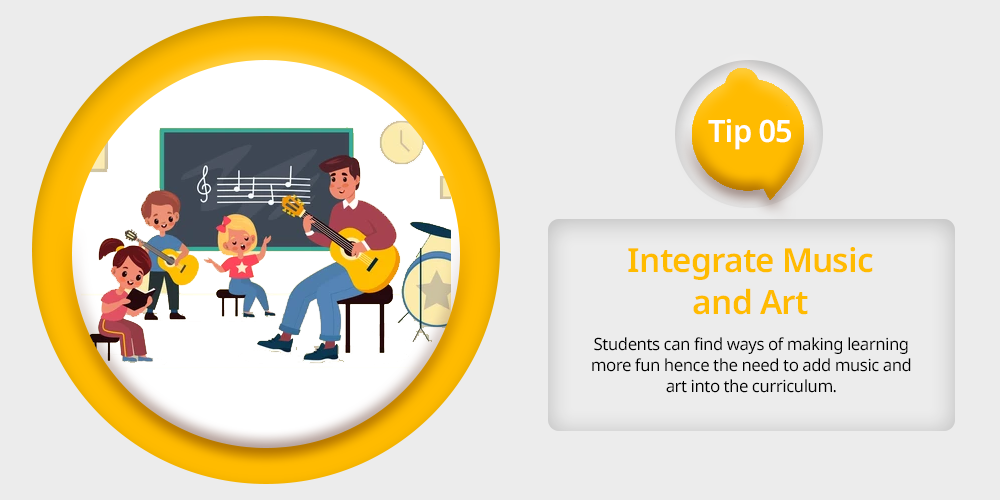
Students can find ways of making learning more fun hence the need to add music and art into the curriculum.
What is more, music can be applied to consolidate the major concepts and ideas, and artwork should be used for developing individual concepts of the lessons.
These lessons can also foster increased learning student enrolment that caters to students with different interests and talents
6. Offer Choice and Autonomy
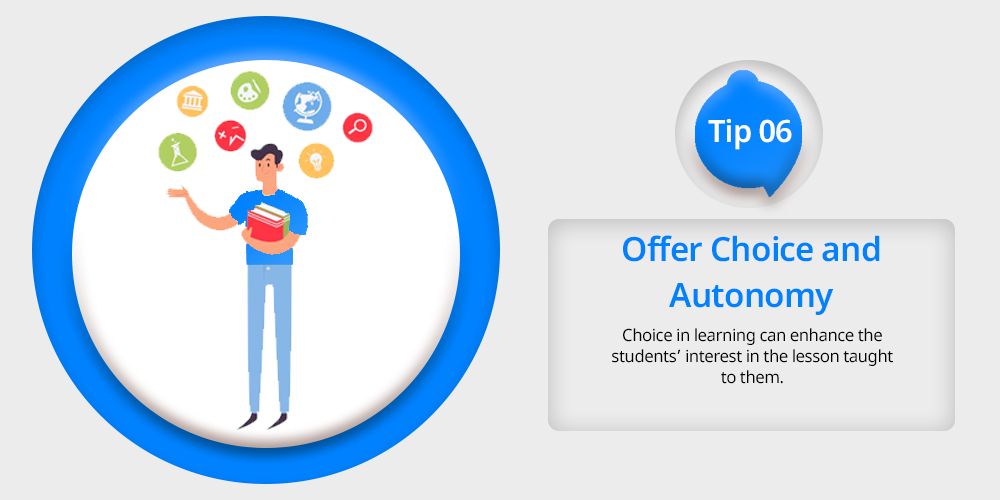
Choice in learning can enhance the students’ interest in the lesson taught to them.
This may be done in the form of letting them pick areas of interest for project development, choosing books to read, or selecting modes of presentation of the information they have gathered.
Students are certainly going to put a lot of effort into their work every time they are allowed to make their own decisions.
7. Create a Positive Learning Environment
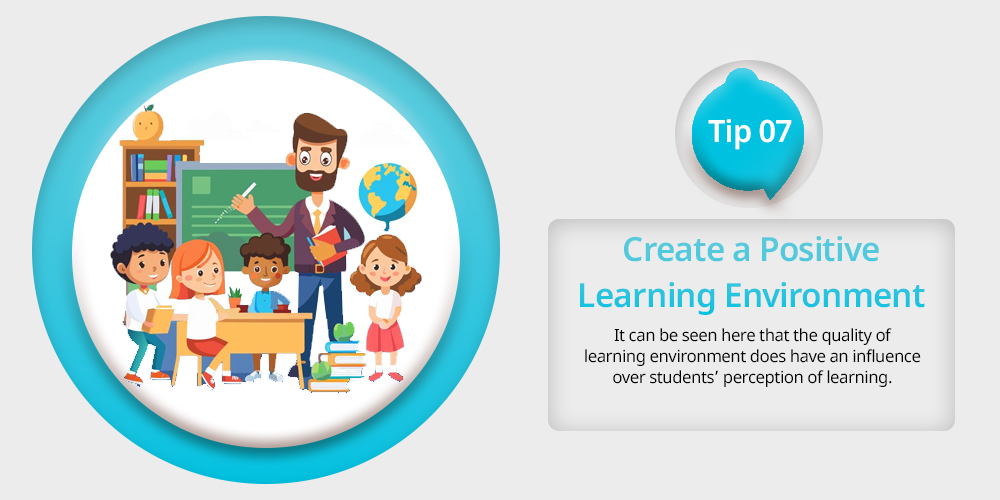
It can be seen here that the quality of learning environment does have an influence over students’ perception of learning; this is because students are always receptive to the kind of environment which they find themselves in.
Positive reinforcements, encouragements and appreciation of the students’ accomplishments as well as realistic criticisms from the instructors can create confident and more enthusiastic students.
Like any institution, our 21K School places a big emphasis on building not only the academic, but also the emotional, capital of children.
8. Use Storytelling
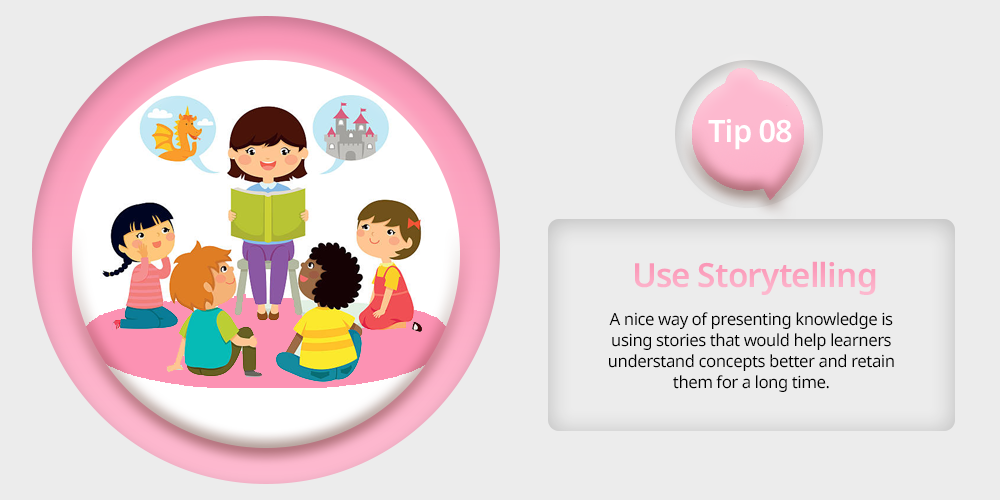
A nice way of presenting knowledge is using stories that would help learners understand concepts better and retain them for a long time.
If an educator uses stories in his/her lessons, he or she can be sure that they will catch the students’ interest and make complicated matters familiar.
Narratives can also be used politically; to make students more empathetic and comprehend other people’s ideas and lifestyles.
9. Integrate Real-World Connections
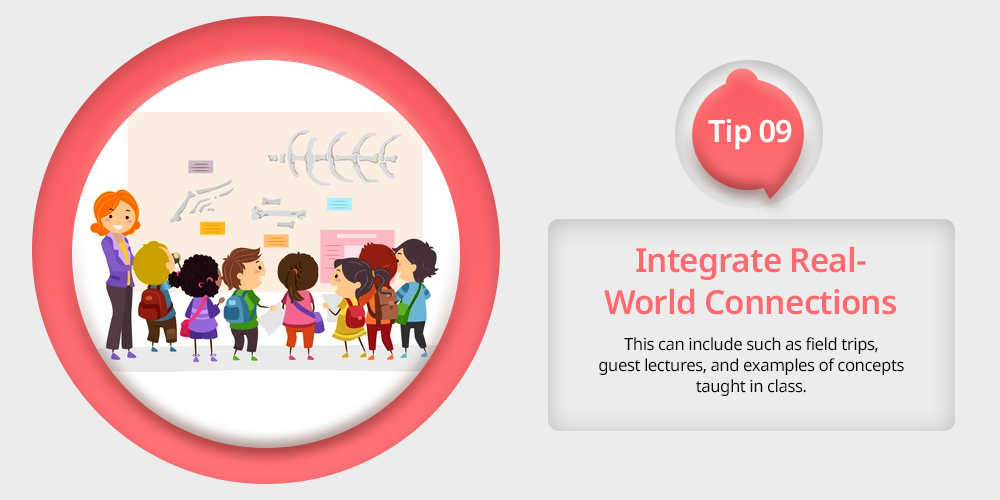
Relating what is learned back to situations enhances the interest level of the students in the learning process.
Students can seem more interested when the tutors demonstrate how the knowledge that they are learning can be of use in their lives.
This can include such as field trips, guest lectures, and examples of concepts taught in class.
10. Encourage Play and Movement
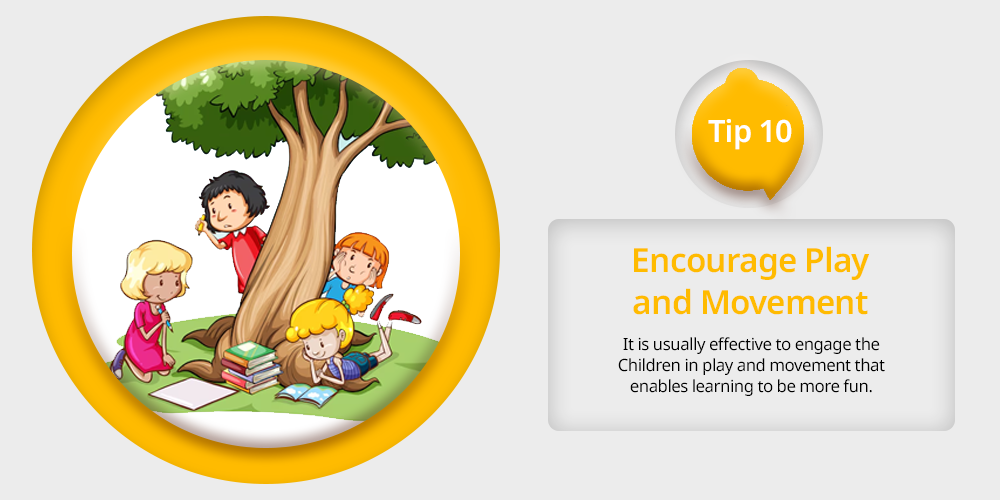
It is usually effective to engage the Children in play and movement that enables learning to be more fun.
In various instances, students may be involved in educational games, learning under trees, and other related activities that embrace the young ones’ energy.
It also helps in instance to enhance understanding and concentration in the study among the students.
Practical Examples of Fun in Learning
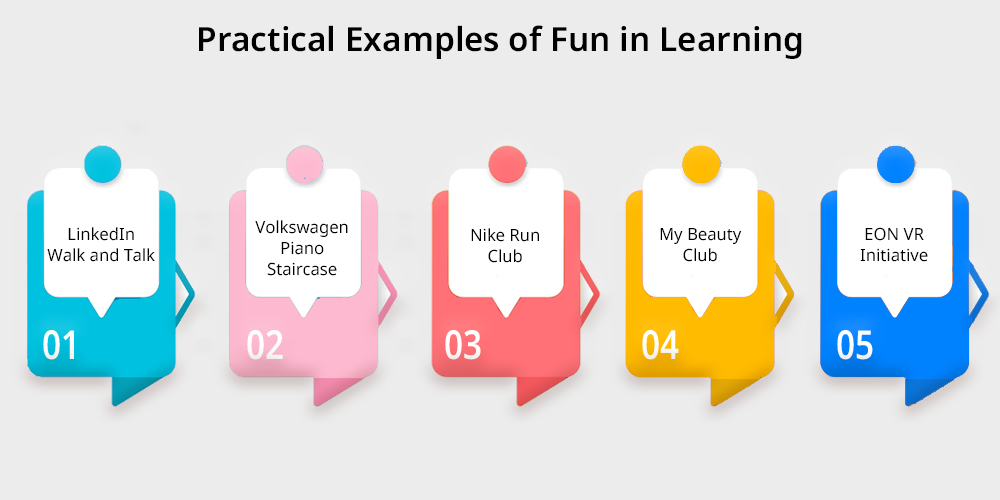
Fun in learning is very crucial to promote positive impact. This allows them to learn by doing even when it comes to subjects that are typically more difficult to teach.
These encounters are usually interesting and educational. Below you can check some practical examples of fun learning.
1. LinkedIn Walk and Talk:
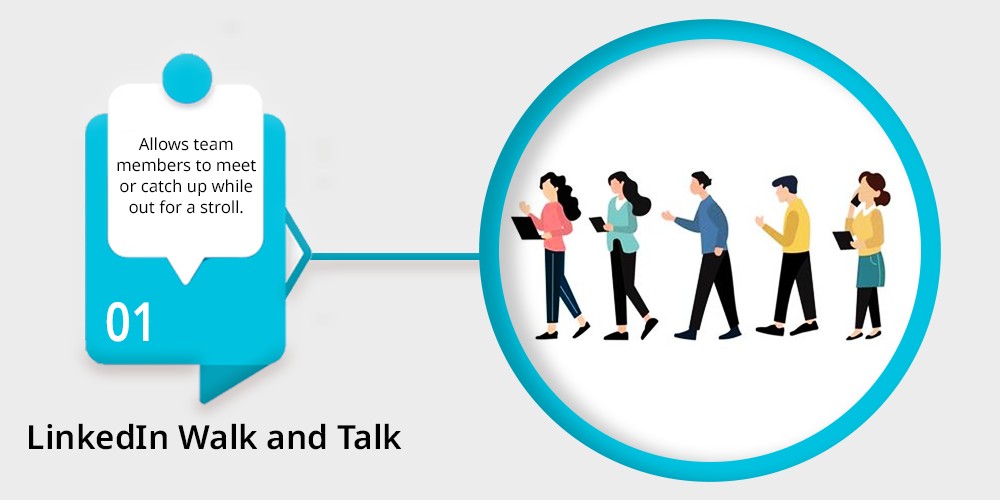
It is one of the most effective examples of fun learning. LinkedIn launched walk and talks, a feature that allows team members to meet or catch up while out for a stroll.
This initiative becomes enjoyable and is a great way to incorporate exercise into the workday.
2. Volkswagen Piano Staircase:
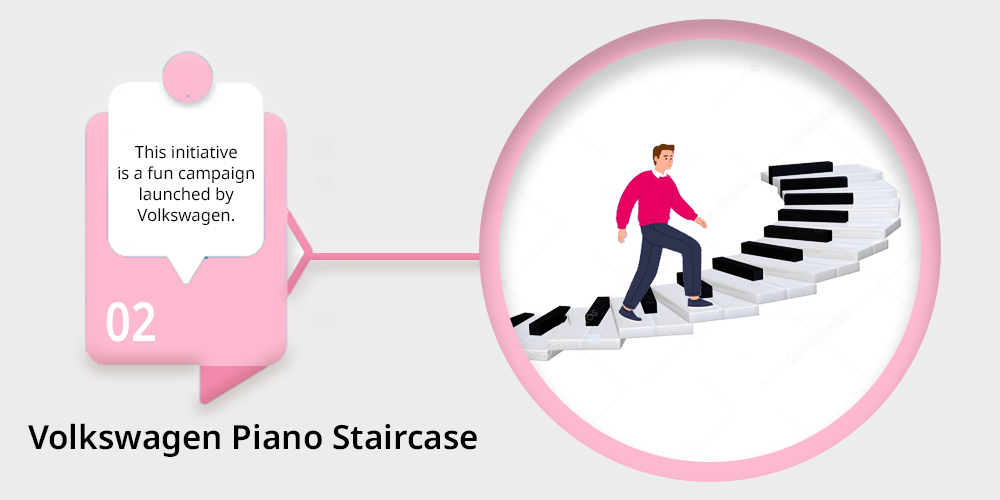
This initiative is a fun campaign launched by Volkswagen.
They converted a staircase into a piano keyboard, and more people prefer a staircase rather than an escalator. This shows how fun can change our daily life.
3. Nike Run Club:
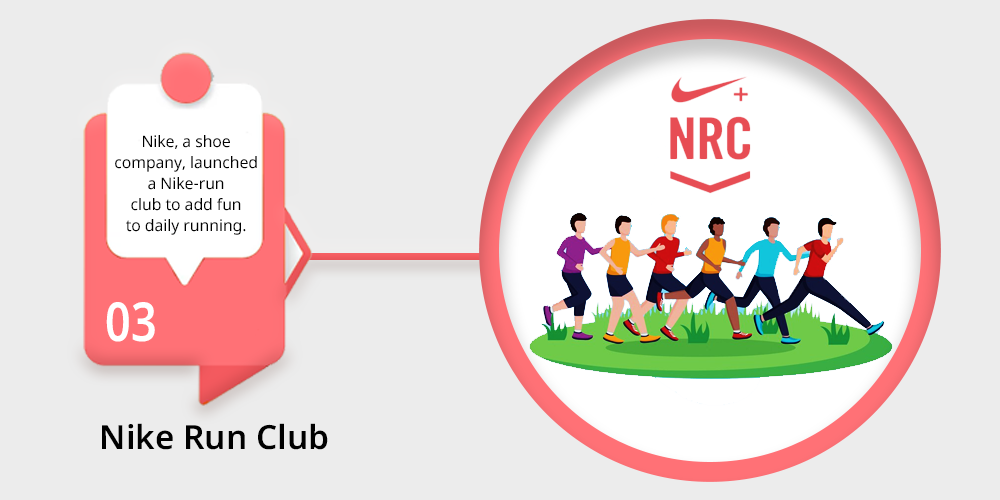
Nike, a shoe company, launched a Nike-run club to add fun to daily running.
Nike Run Club provides friendly motivation coaching plans, guided workouts, and GPS tracking virtually. Through this runners earn achievements by completing challenges.
4. My Beauty Club:
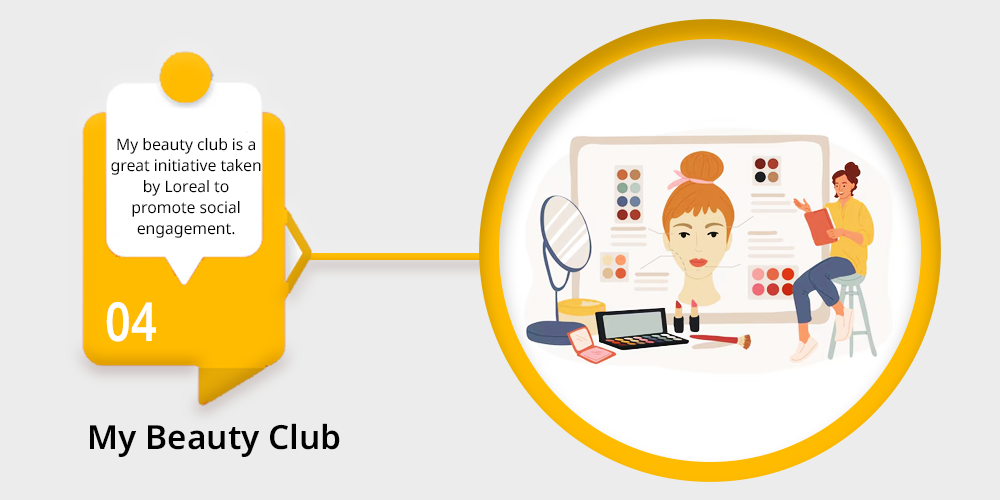
My beauty club is a great initiative taken by Loreal to promote social engagement.
In this initiative Loreal has trained more than 5000 advisors online, to check the social engagement of individuals.
5. EON VR Initiative:
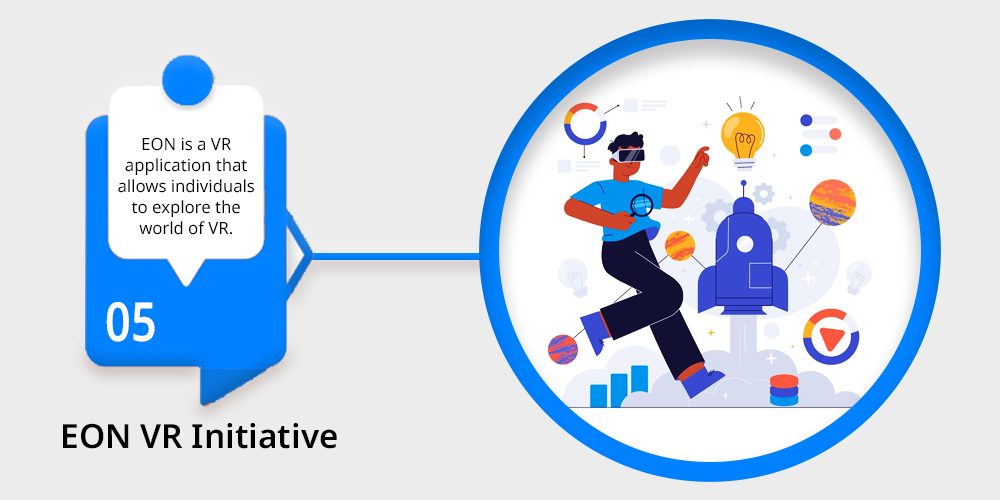
Virtual Reality is a great way to have fun. EON is a VR application that allows individuals to explore the world of VR.
Users can use this to virtually look at the stars, investigate celestial bodies and recognize constellations. This approach makes learning lively, enjoyable and captivating.
Difference Between Fun in Learning vs Theoretical Learning
Fun in Learning and theoretical learning both are different concepts. Theoretical learning focuses on a regular style of education that contains memorization and writing.
Fun learning is a way of education completed through fun initiatives. Below you can check the detailed comparison of fun in learning and theoretical learning.
| Aspects | Theoretical Learning | Fun in Learning |
| Definition | Theoretical learning focuses on the regular style of education that contains memorization and writing. | Fun in learning is a method of acquiring knowledge and education in a fun and enjoyable approach, through activities, group projects and so on. |
| Focus | Gaining knowledge of theories concepts and principles through organized teaching methods. | To increase motivation retention and the overall learning experience make learning fun and interesting. |
| Techniques | Story books, research papers, and lectures that concentrate on elucidating why and how things operate. | Utilizing games interactive exercises real-world applications and innovative teaching strategies to enhance student interest and retention. |
| Advantages | Theoretical learning boosts motivation, and basic understanding, enhances concentration, promotes teamwork and so on. | Fun in learning boosts critical thinking, cognitive skills, future growth, peer-to-peer learning and so on. |
| Example | Studying economic theories historical events or physics concepts. | Studying economic theories learning about historical events or studying the fundamentals of physics. |
Conclusion
Edutainment is not only about children and fun, it is about a comprehensive concept of activities, that will help the child to be involved in the learning process, decrease stress levels, and develop creative thinking.
At 21K School we take a stand to the fact that learning should be as engaging and fruitful as can be for the students.
We intend to make the learning process easy and fun through the use of such tools as; interactive tools, hands-on activities, and games among others with the hope of producing efficient and effective learners in the future.
Incorporation of fun in learning can change the education process and make it an enjoyable process for each learner.

